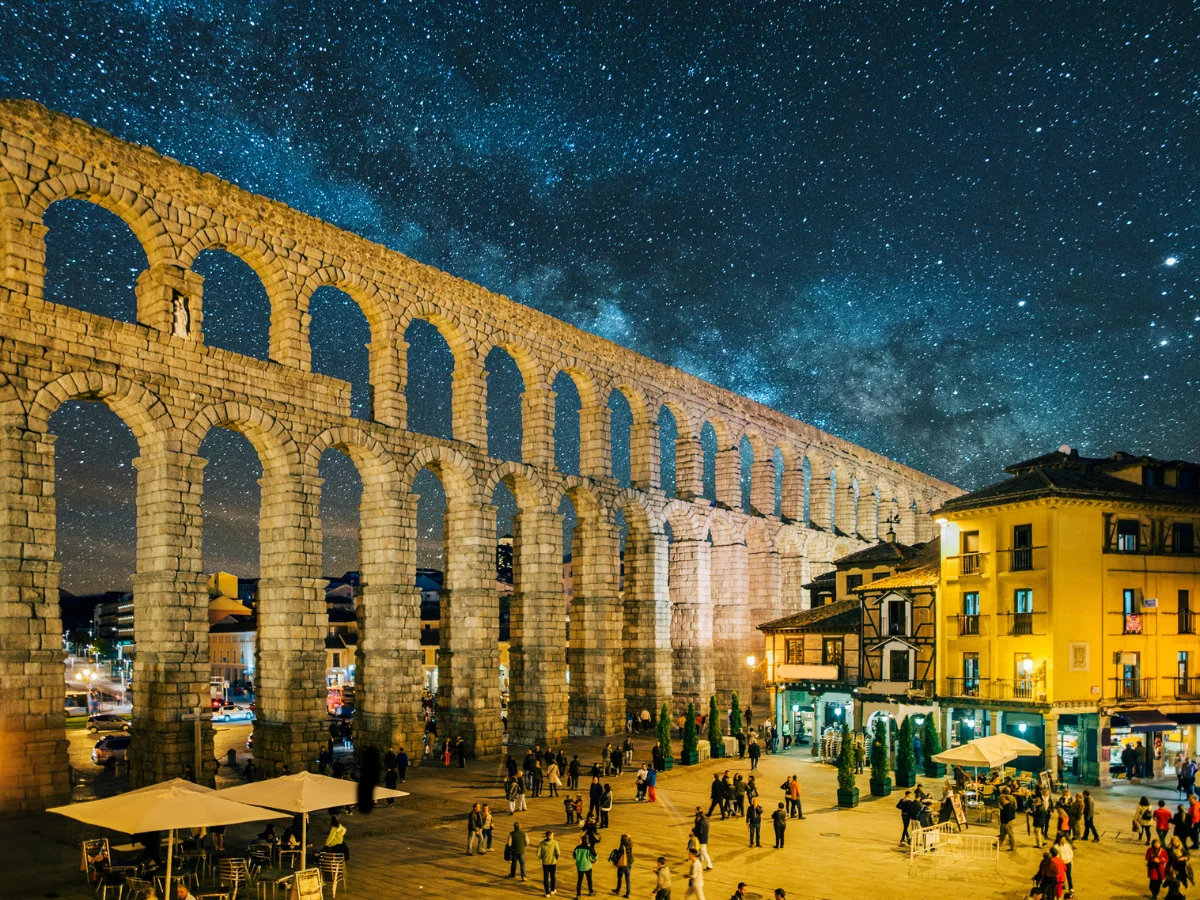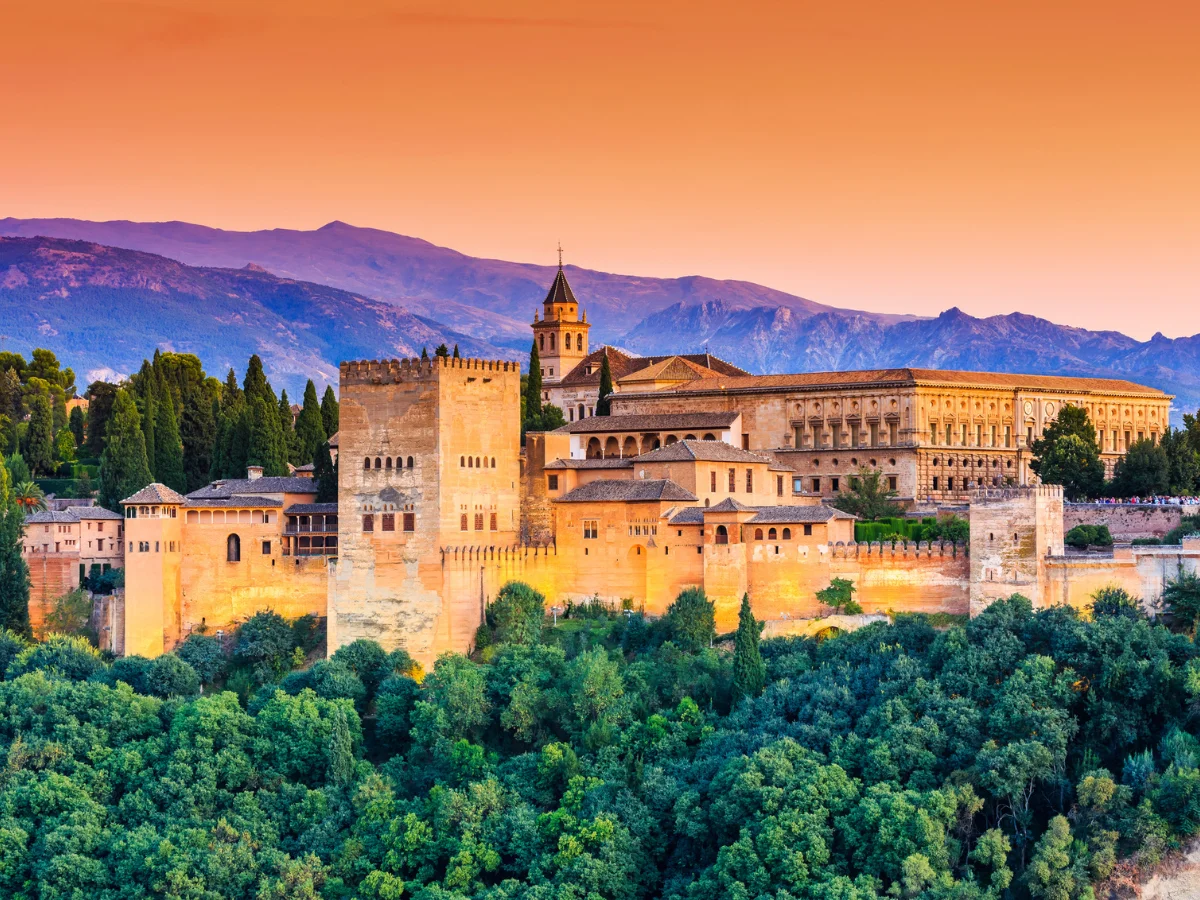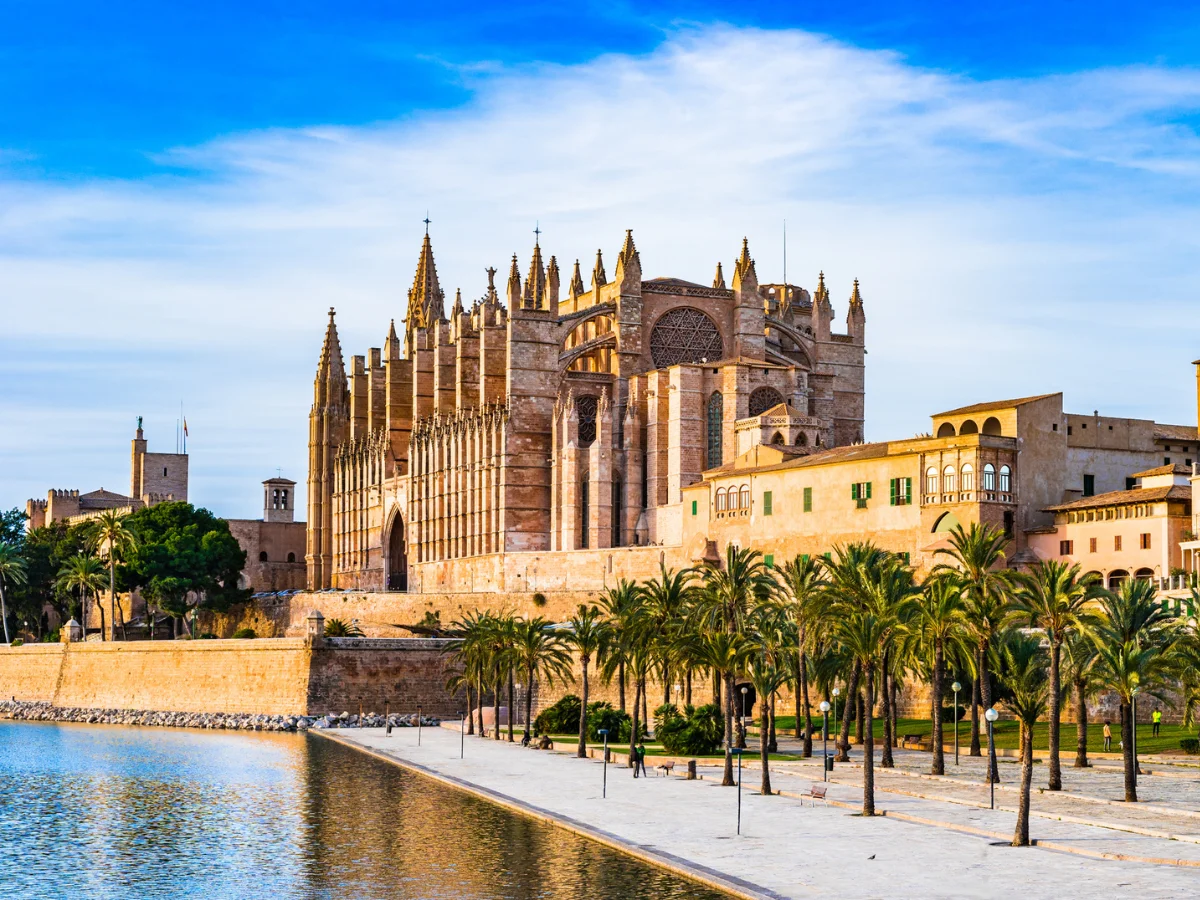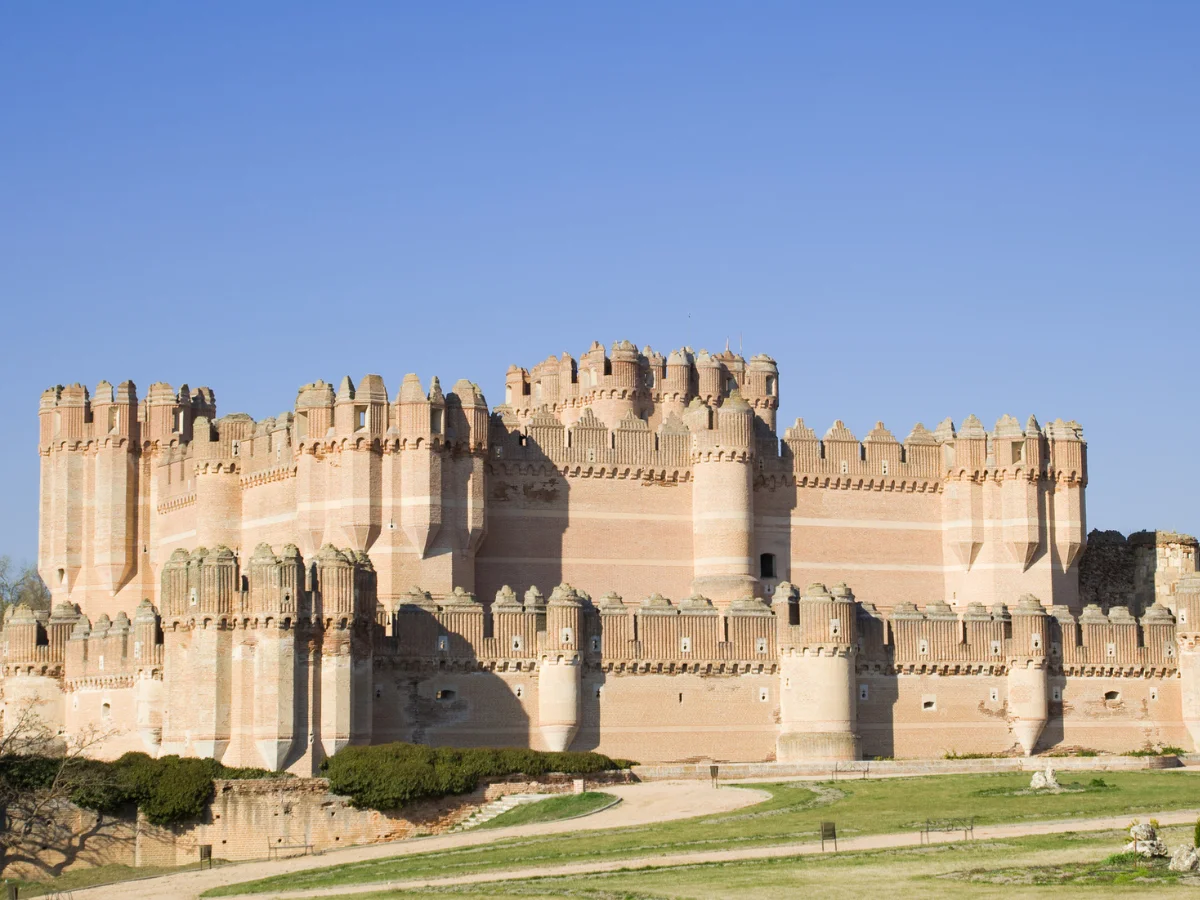Rome's conquest of ancient Spain
Rome’s conquest of ancient Spain in 218 BC initiated significant changes. The region, inhabited by various tribes, fell under Roman control after the Second Punic War. Governance was established through proconsuls and propraetors. Urban development flourished, showcasing Roman engineering feats. Trade networks prospered, connecting Hispania with the wider empire. Cultural assimilation led to a blend of Roman and indigenous traditions.

Rome's conquest of ancient Spain
Introduction: Rome’s Reach to the Iberian Peninsula
Rome, a juggernaut of ancient civilization, extended its influence far beyond the Italian Peninsula. One of its most significant conquests was the Iberian Peninsula, modern-day Spain and Portugal. The Roman presence in ancient Spain shaped its culture, politics, and infrastructure for centuries to come.
The Conquest of Hispania
In 218 BC, Rome set its sights on the Iberian Peninsula, then inhabited by various indigenous tribes such as the Celtiberians, Lusitanians, and Iberians. The Second Punic War provided the pretext for Roman intervention, with the famous Carthaginian general Hannibal Barca crossing the Alps with his elefants to threaten Rome itself. In response, Rome dispatched armies under the command of Publius Cornelius Scipio, who later became known as Scipio Africanus. The Battle of Ilipa in 206 BC marked a decisive victory for Rome, solidifying its control over much of Hispania.
Roman Hispania: Governance and Administration
Following the conquest, Rome established Hispania as a vital province within its vast empire. The region was divided into several administrative units, including Hispania Ulterior (Further Spain) and Hispania Citerior (Nearer Spain), each governed by appointed officials known as proconsuls or propraetors. Roman law, language, and customs were imposed upon the local populace, fostering a blending of cultures known as Romanization.
Urban Development and Infrastructure
Roman influence in Hispania was not limited to governance; it also brought significant advancements in urban planning and infrastructure. Major cities such as Tarraco (modern-day Tarragona), Emerita Augusta (present-day Mérida), and Hispalis (now Seville) flourished under Roman rule. These urban centers boasted impressive architectural feats, including aqueducts such as the Segovia aqueduct, amphitheaters, and temples, showcasing the engineering prowess of Roman civilization.
Rome in Ancient Spain: Conquest and Influence
Economic Prosperity and Trade
The integration of Hispania into the Roman Empire facilitated extensive trade networks, connecting the region with distant corners of the Mediterranean world. Rich natural resources such as gold, silver, and agricultural products contributed to the prosperity of Hispania. Major trade routes crisscrossed the peninsula, linking it with Rome and other important cities throughout the empire.
Cultural Assimilation and Diversity
Roman rule in Hispania led to the assimilation of diverse cultures and traditions. While Latin became the dominant language, indigenous languages persisted in rural areas. The spread of Roman religion, particularly the cult of Imperial cults and Christianity, reshaped spiritual practices across the peninsula. Architectural styles, artistic motifs, and culinary traditions also underwent a transformation, blending Roman and indigenous elements into a unique Hispano-Roman culture.
Military Fortifications and Defense
The Roman presence in Hispania necessitated robust military fortifications to safeguard against external threats and internal unrest. Along the frontier regions, such as the northern Cantabrian Mountains and the southern Guadalquivir Valley, the Romans constructed a network of fortresses and walls known as limes. These defenses not only protected Roman interests but also served as symbols of power and authority.
Decline and Fall
Despite its initial prosperity, Roman Hispania faced challenges in the form of external invasions and internal strife. The Germanic Suebi, Vandals, and Alans launched incursions into the peninsula in the 5th century AD, weakening Roman control. The rise of usurpers and civil wars further destabilized the region, culminating in the deposition of the last Roman emperor in the West, Romulus Augustulus, in 476 AD. With the collapse of central authority, Hispania entered a period of political fragmentation and upheaval. The fall of Rome in the 5th century AD marked a significant turning point for Iberia
Legacy of Rome in Spain
The legacy of Roman rule in Spain endures to this day, evident in the language, architecture, and cultural heritage of the region. Spanish, a Romance language derived from Latin, bears witness to the linguistic legacy of Rome. Magnificent Roman ruins dot the Spanish landscape, serving as reminders of a bygone era. The legal system, infrastructure, and societal norms established during Roman rule continue to influence modern Spain, underscoring the enduring impact of ancient Rome on the Iberian Peninsula.
Conclusion
Rome’s presence in ancient Spain left an indelible mark on the region’s history and culture. From conquest and governance to urban development and cultural assimilation, the Roman influence shaped the trajectory of Hispania for centuries. While the empire may have fallen, its legacy lives on in the heart and soul of modern Spain, a testament to the enduring power of one of the greatest civilizations the world has ever known.



